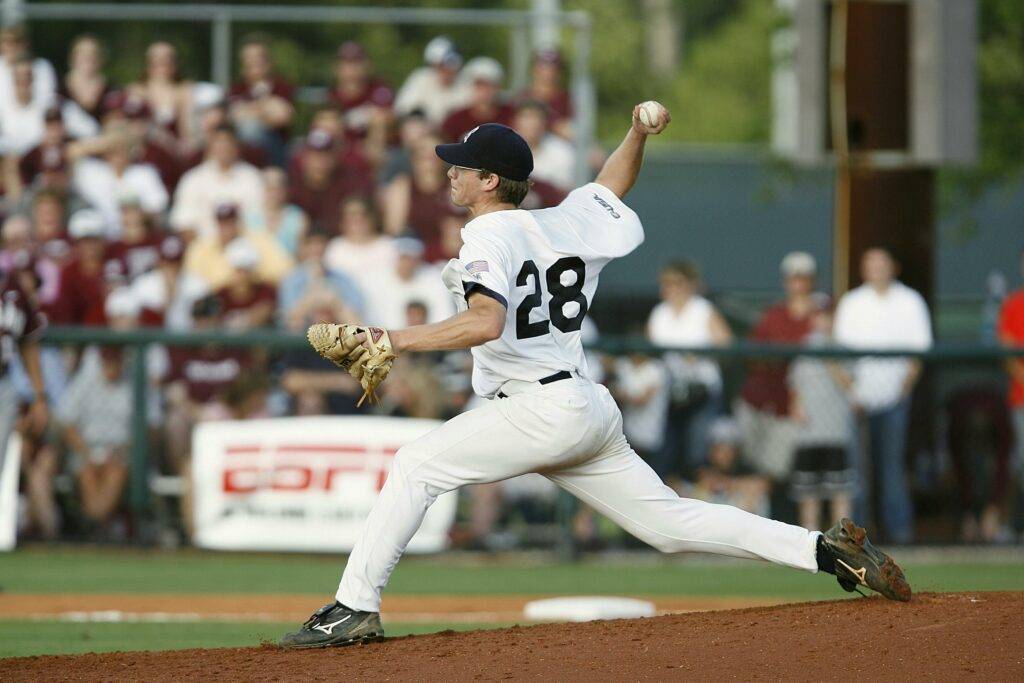men's hockey Recruiting:
Rules & Important Dates
The College Hockey Recruiting Process: Start Early with Athlete Pipeline
When student-athletes picture the college hockey recruiting journey, they might envision phone calls from coaches, campus visits, and athletic scholarship offers. However, what many may not realize is that this process begins well before any direct contact. College coaches invest substantial time in evaluating potential recruits by reviewing profiles, attending showcases and tournaments, and building shortlists. Starting early with a well-prepared recruiting profile, highlight videos, and thorough research on prospective schools is essential.
This is where Athlete Pipeline plays a pivotal role. The platform allows athletes to present their abilities and academic achievements, providing crucial exposure to college coaches even before official communication begins. Leveraging Athlete Pipeline ensures athletes are top of mind for coaches once direct communication is allowed.
Understanding NCAA Hockey Recruiting Rules and Calendar
The NCAA recruiting process can be complex, with frequent updates to rules and timelines. Here’s a simplified breakdown of what student-athletes should know:
Early Exposure: Although recruits can’t officially connect with Division 1 college coaches until January 1 of their sophomore year, coaches often scout them at camps, tournaments, and showcases well before that date. Attending these events proactively boosts visibility.
Communication and Offers: Starting January 1 of sophomore year, recruits can begin receiving communications from Division 1 coaches. However, verbal scholarship offers typically begin around August 1 before junior year.
Visits and Scholarships: Recruits can take unofficial visits as early as January 1 of their sophomore year, but official visits—where they can meet with coaches and discuss recruitment—aren’t permitted until August 1 of junior year. Scholarship offers become official when athletes sign a National Letter of Intent (NLI).
With Athlete Pipeline, athletes can organize and track critical dates, ensuring they’re prepared for each stage of the recruiting process.
Junior Hockey and College Hockey Recruitment
Junior hockey serves as a vital pathway to college hockey. Athletes can start playing in junior leagues at age 16 and continue until 20. NCAA Division 1 programs often recruit heavily from Tier 1 USHL teams, while Tier 2 and Tier 3 leagues also serve as valuable pipelines for Division 2, Division 3, and other college programs.
Athlete Pipeline allows athletes to keep their profiles updated with stats and videos from junior league performances, which can help them stand out to college coaches.
NCAA Division Recruiting Rules for Men’s Hockey
Each NCAA division has specific recruiting guidelines, and understanding them helps athletes navigate their recruitment effectively:
Division 1: Recruits can receive general information like brochures and camp invites at any time. Direct contact, such as phone calls and texts, is permitted after January 1 of sophomore year, with verbal offers and official visits allowed starting August 1 before junior year.
Division 2: Division 2 has more flexible rules, allowing coaches to contact athletes starting June 15 after sophomore year. Recruits can take unofficial visits and receive non-athletic materials earlier in the process.
Division 3: Division 3 schools have the least restrictive recruiting rules, allowing coaches to contact athletes at any time. Recruits can take unlimited unofficial visits, and official visits and formal recruiting discussions can start after sophomore year.
Using Athlete Pipeline helps athletes navigate these rules more effectively, positioning them for recruitment in their preferred division.
Making the Most of Athlete Pipeline for Recruiting Success
The recruiting process can be overwhelming, but Athlete Pipeline enables athletes to take control. By maintaining an up-to-date profile, uploading highlight videos, and showcasing academic achievements, athletes make themselves visible to college coaches at the right times. Proactively using Athlete Pipeline ensures athletes stay informed about critical dates, increasing their chances of earning a spot on a college hockey roster.
Quick Links


